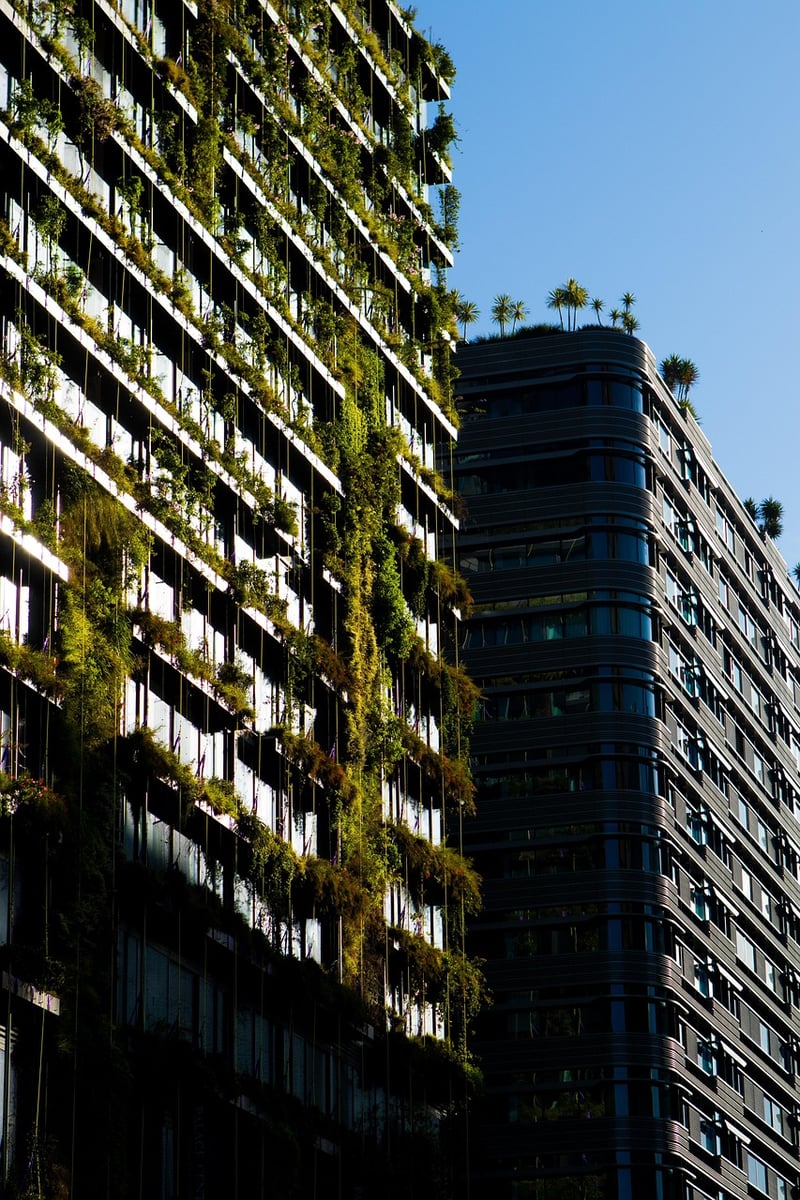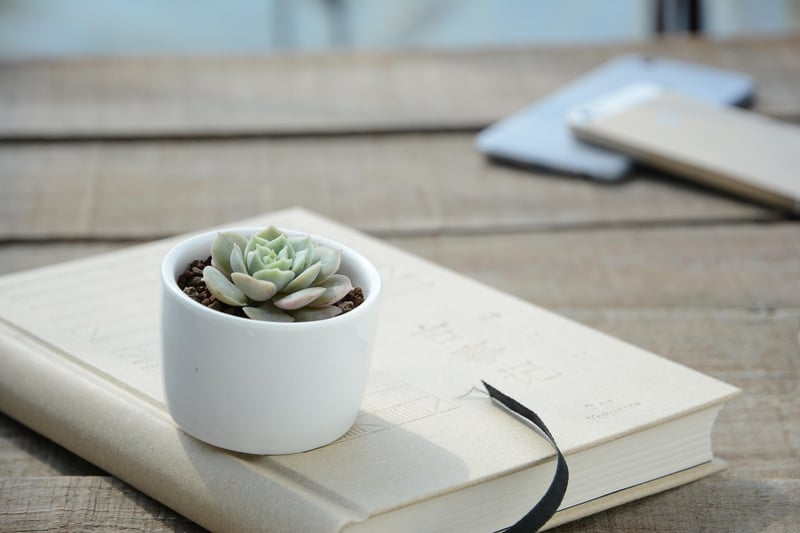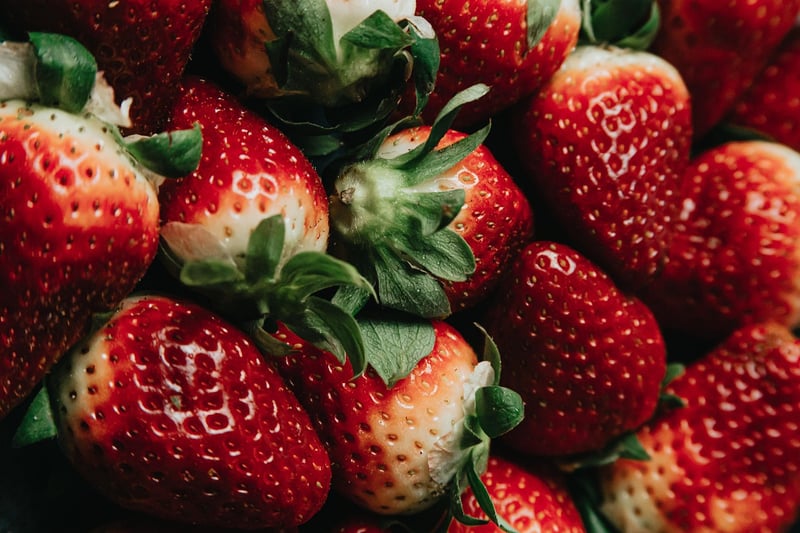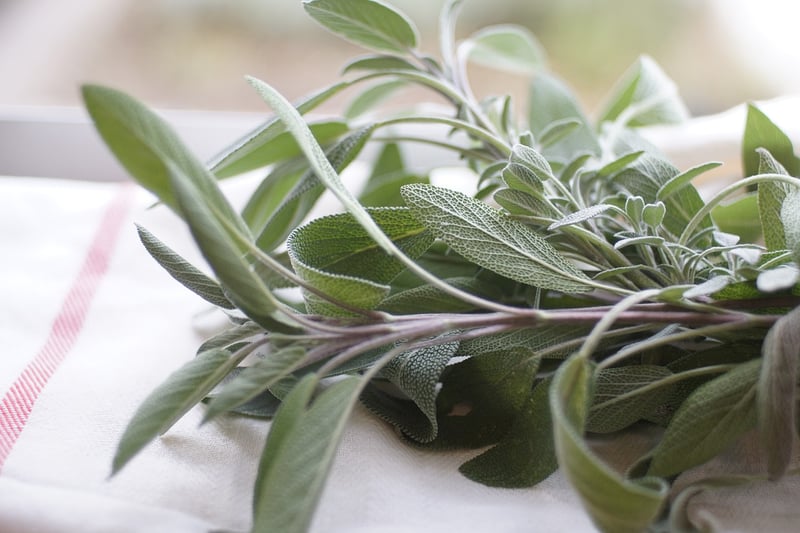Small Spaces
Gardening in Limited Areas: Making the Most of Small Spaces
Are you eager to cultivate a green oasis but limited by the size of your outdoor area? Fear not! With a little creativity and some practical tips, you can transform even the tiniest space into a flourishing garden. Let's explore how to maximize your gardening potential in limited areas.
1. Vertical Gardening
Utilize vertical space by installing wall-mounted planters, hanging baskets, or trellises. This technique not only saves space but also adds visual interest to your garden. Consider growing vine plants like tomatoes, cucumbers, or beans that naturally climb and thrive in a vertical environment.

2. Container Gardening
Opt for container gardening using pots, buckets, or even recycled containers. This method allows you to grow a variety of plants, from herbs and flowers to vegetables, regardless of your available space. Ensure proper drainage and choose the right size containers for your plants.

3. Compact Plants
Select compact varieties of plants that are well-suited for small spaces. Dwarf fruit trees, bush tomatoes, and patio-sized herbs are excellent choices for limited areas. These plants not only fit well in confined spaces but also tend to require less maintenance.

4. Vertical Herb Garden
Create a vertical herb garden by planting herbs in a stacked herb planter or a series of hanging pots. Herbs like basil, mint, and parsley thrive in small containers and can be conveniently accessed for cooking. This setup adds both beauty and functionality to your garden.

5. Utilize Balconies and Windowsills
Make use of balconies and windowsills to expand your gardening space. Hanging planters, railing boxes, and compact vertical gardens are ideal for these areas. Choose plants that suit the sunlight conditions of your balcony or windowsill for optimal growth.

With these tips, you can turn even the smallest nook into a lush green sanctuary. Embrace your limited gardening space as an opportunity for creativity and innovation. Happy gardening!
